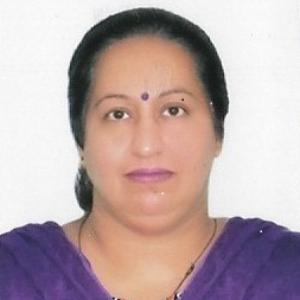Title : Multidrug Resistance in Burn Patients
Abstract:
Staphylococcus and Pseudomonas spp. are the most common cause of infection in patients suffering burn injuries. As burn patients have lost their primary protective barrier ie skin, they are susceptible to colonization by both endogenous and exogenous micro-organisms. The thermal injury itself decreases host resistance and increases the body’s natural inflammatory response. The burn eschar provides an environment conducive to bacterial growth because of its protein richness, release of toxic substances, and avascularity, which impedes the delivery of antimicrobial drugs. In the first five days, post-burn the most common pathogens are gram-positive, whereas gram negative bacteria increase in prevalence after five days. The most common pathogens in the early phase are Staphylococcus aureus, Haemophilus influenzae, Escherichia coli, and Klebsiella. The most common late-phase pathogens include S. aureus and Pseudomonas aeruginosa. Yeast and fungal infections typically occur, around 7–14 days, post-burn, followed by multi-drug–resistant (MDR) infections. The crucial risk factors for Multidrug bacteria, include length of stay in hospital, previous antimicrobial therapy, inadequate burn excision, and use of invasive medical devices. Although, intravenous (IV) and intra-arterial catheters are used in burn patients to provide access for fluid resuscitation, parenteral nutrition, and administration of medications. But, they increase the risk of central line-associated blood stream infection (CLABSI). Diagnosis of MDR is difficult, as colonization usually precedes infection. Because of empiric treatment with broad-spectrum antibiotics during the initial burn treatment, resistance patterns and sensitivities vary. Pathogens of utmost concern are MDR strains of P. aeruginosa, Stenotrophomonas maltophilia, Acinetobacter, and methicillin-resistant S. aureus (MRSA). There also have been reports of outbreaks of carbapenem resistant Enterobacteriaceae in burn unit.



